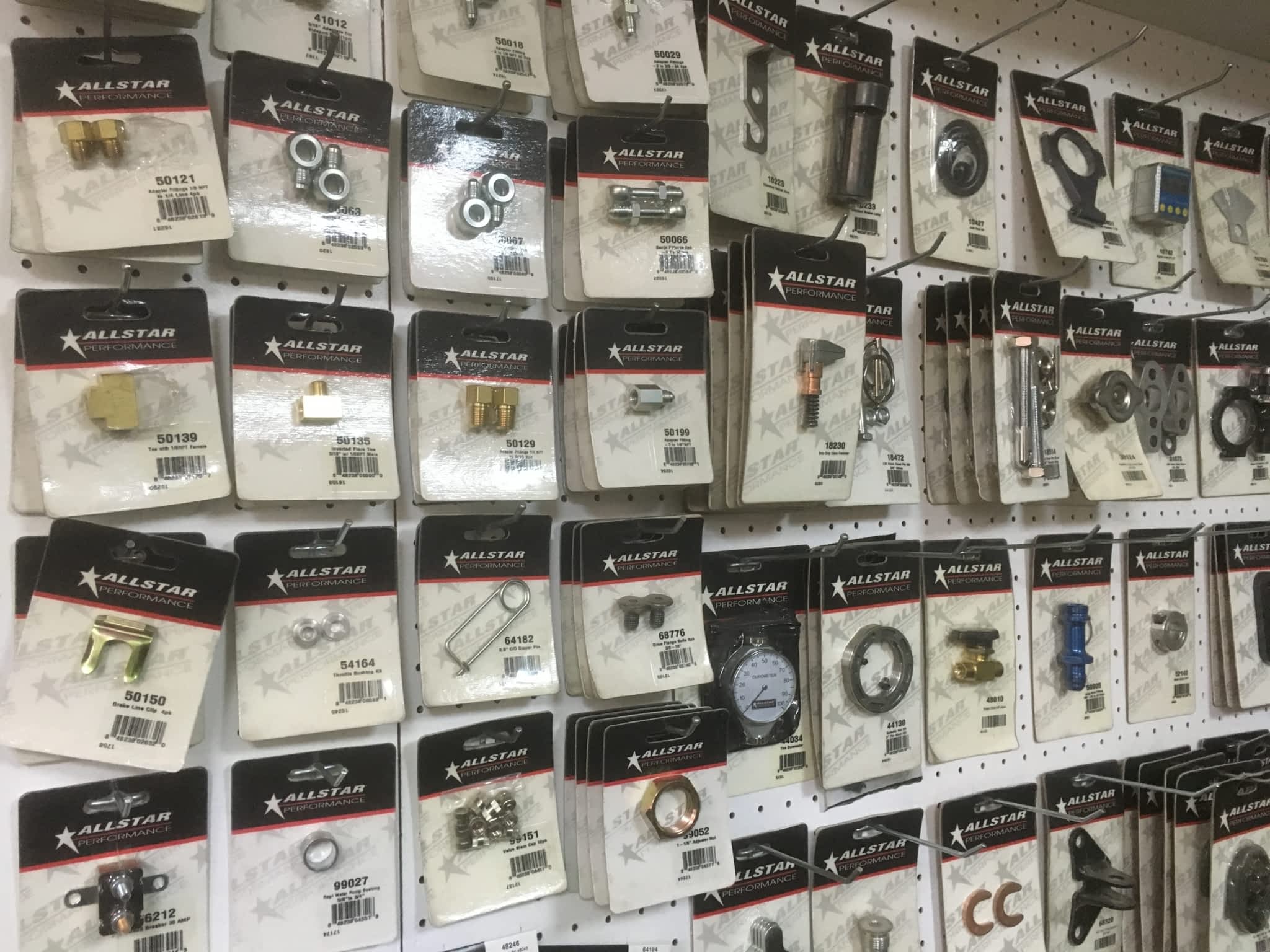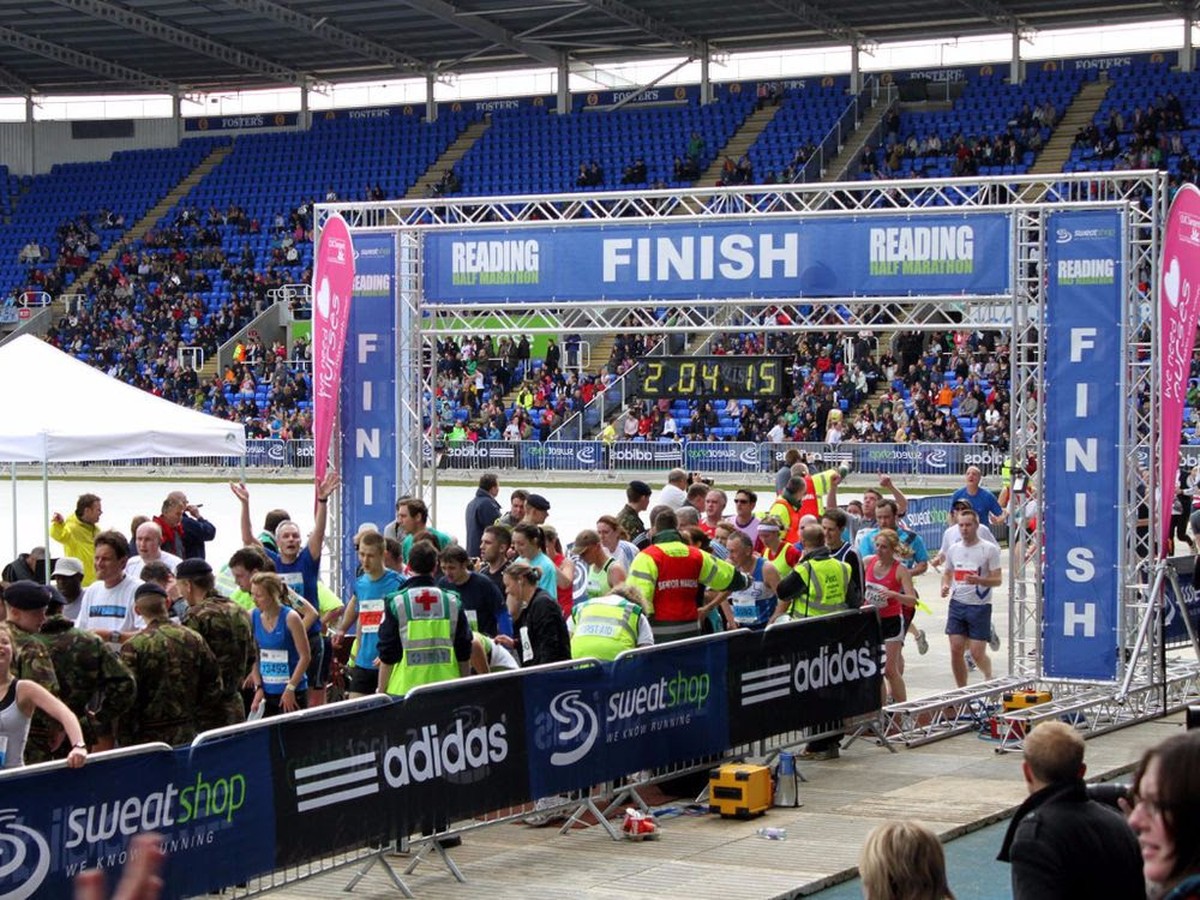
Depending on your shoe choice, you may also want double layered socks to avoid blisters, but they aren’t necessary. These can be especially useful in wetter races where cramp can kick in unexpectedly. Some of these socks made of specialty material also double as calf compression, which many athletes swear by for cramps. Many athletic apparel companies make socks out of performance materials that are moisture-wicking, thermal-regulated, and designed to not slide down into your shoe. – the cardinal rule for OCR gear is NEVER wear cotton socks. No matter what length sock you prefer – knee-high, ankle, etc. There are few things more unpleasant than a slimy, wet sock sliding down into your shoe midway through the race. What’s more, shoes with a deep tread will help you with that all-important rope climb, slip wall, OCRWC Finish Wall, or the dreaded Spartan Olympus. Shoes with great grip will help you make your way up and down hills, across loose soil, or race over compacted long grass. Without a solid and reliable shoe, no athlete can compete at their best. The first thing on anyone’s OCR equipment shopping list should be shoes. To help you prepare for your next race, here’s a quick guide to OCR equipment, for both race day and training. We also recommend having training-specific equipment that helps intensify workouts, or get you acclimated to certain conditions. It is crucial for athletes to test out their race day apparel during training, no doubt as we’ve seen in recent years, races can be won or lost on proper kit planning. So while you know your body better than anyone, and know what you need to perform at your absolute best, there are some recommended pieces of gear, accessories, and equipment that are universally beloved in our sport.



It’s one of the most frequently asked questions, yet one of the hardest to answer: What is the must-have obstacle course racing gear? It often depends on the athlete – some athletes suit up in head-to-toe compression clothing while others compete in shorts and a sports bra.


 0 kommentar(er)
0 kommentar(er)
